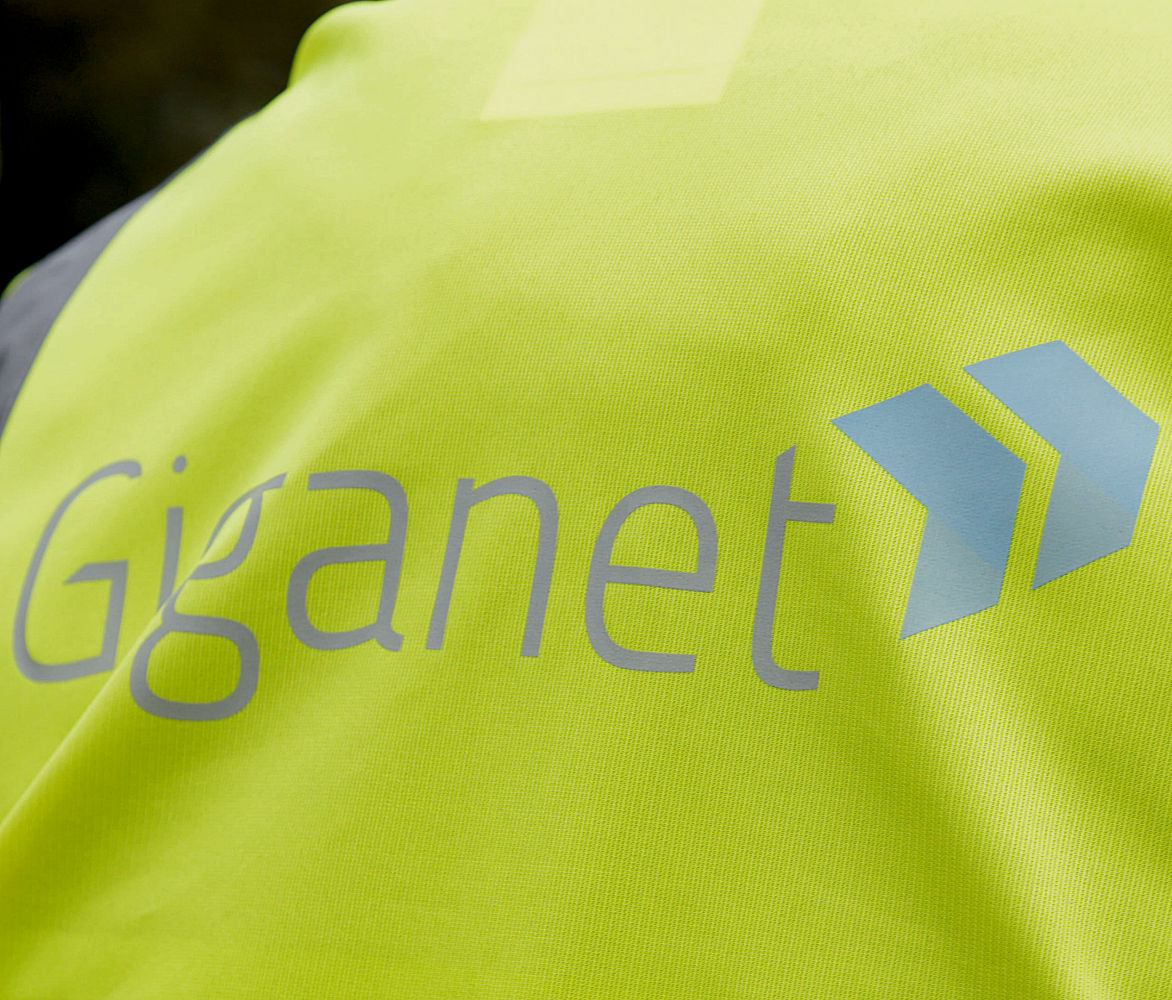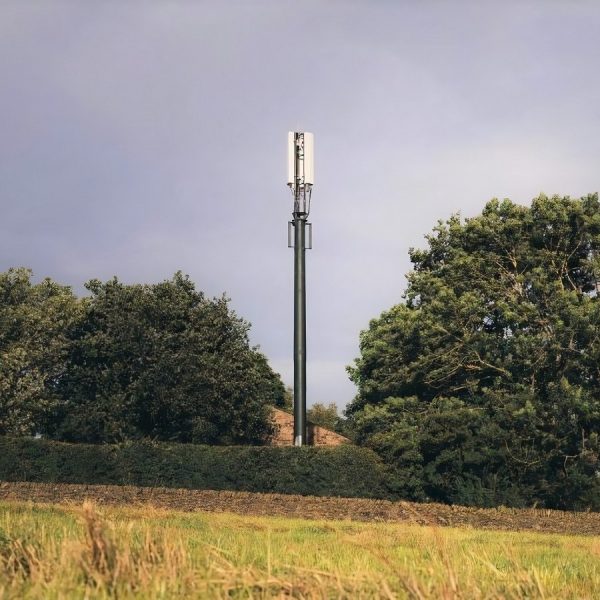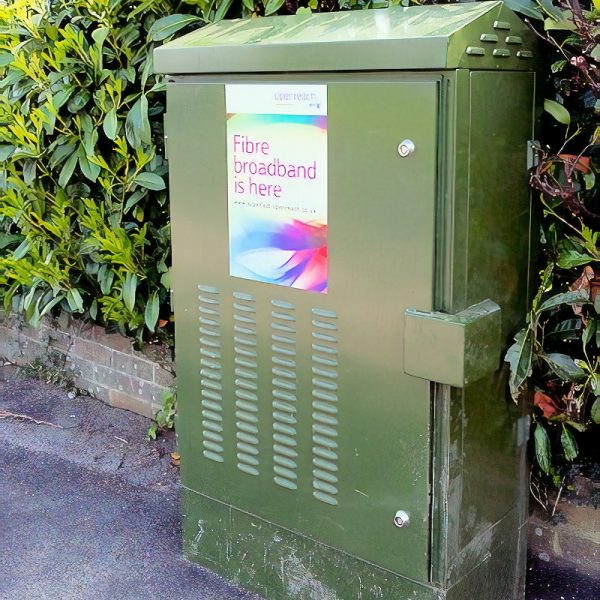EU Publish New UK National Broadband State Aid Agreement in Full
Last month the Government’s Broadband Delivery UK programme confirmed that it had established a new EU State Aid agreement (full summary), which would support the on-going roll-out of “superfast broadband” services. The EC has now published the full text of that deal, albeit with a caveat for Leased Lines.
As a quick recap, the new “National Broadband Scheme for the UK” agreement covers the period from now until 2020 and its primary focus is to help expand superfast broadband (30Mbps+) networks towards and beyond the current 95% coverage goal for the United Kingdom.
On top of that it’s been designed to encourage smaller alternative network providers to bid, albeit through a technologically neutral approach that appears to have become more complicated. All suppliers in the bidding process will have to provide “full open access” networks (i.e. share cable ducts, masts, local loops) and share information on their existing infrastructure in the relevant intervention areas (details), which might discourage some operators.
The final document opens with a message from Philip Hammond, the British Secretary of State for Foreign and Commonwealth Affairs, which includes some interesting babble about “reduced access tenders” not being a part of the agreement, yet.
Letter from the British Secretary of State for Foreign Affairs
Sir,
I am pleased to inform you that the Commission has assessed the measure “National Broadband Scheme for the UK 2016-2020 (2016 BDUK) and decided not to raise objections insofar as the measure will be implemented via open access tenders, as presented in this decision. On that basis, the measure is compatible with the internal market, pursuant to Article 107(3)(c) of the Treaty on the Functioning of the European Union (TFEU).
However, at this stage, the Commission cannot take a position concerning reduced access tenders under cascading procurements, since in the absence of a review of the leased lines exception including a cost-benefit analysis, as described in this decision, the notification remains incomplete. Once the leased lines review is finalised, and a final report is notified to the Commission, the Commission will take a position in relation to implementation of the measure via reduced access tenders.
The Rt Hon Philip HAMMOND
Secretary of State for Foreign and Commonwealth Affairs
King Charles Street
London SW1A 2AH
UNITED KINGDOM
Regarding that bit about reduced access tenders. The UK proposed a “cascading” procurement approach as a means to maximise the number of tenders using the open access requirement and to limit the use of tenders that might be based on a “leased line exception“. Leased lines are expensive and dedicated high capacity business connections, which aren’t normally used for connecting individual homes (unless you happen to be fairly rich).
In theory if no viable open access bids were made then the local authority would be allowed to “consider whether bids that offer reduced forms of access meet the baseline evaluation criteria.” As such it’s possible that there may be some areas where an “existing leased line operator is the only bidder” and so the UK proposed a derogation from the open access requirements.
Put another way, access seekers to the subsidised network would be “prohibited from providing leased line services unless and only insofar as that would serve their business case to provide retail broadband“. Implementation of that exception would be via what is referred to in this decision as “reduced access tenders“.
However the EC noted that the “impact of full open access requirements for leased lines in the UK market remains uncertain at this point” and called for the UK to conduct an in-depth cost-benefits analysis of the leased lines exception.
Otherwise the final document adds plenty of detail on the processes and requirements of bidding for future contracts, although we recommend reading our original article for a simplified summary of the general changes.
The New UK NBS 2016-2020 Agreement (.PDF)
http://ec.europa.eu/../263954_1760328_135_4.pdf
Mark is a professional technology writer, IT consultant and computer engineer from Dorset (England), he also founded ISPreview in 1999 and enjoys analysing the latest telecoms and broadband developments. Find me on X (Twitter), Mastodon, Facebook and Linkedin.
« New ISP Fibrecast Brings 100Mbps Broadband to Parts of Dundee City
Latest UK ISP News
- FTTP (5515)
- BT (3514)
- Politics (2537)
- Openreach (2297)
- Business (2262)
- Building Digital UK (2244)
- FTTC (2043)
- Mobile Broadband (1973)
- Statistics (1788)
- 4G (1664)
- Virgin Media (1619)
- Ofcom Regulation (1461)
- Fibre Optic (1395)
- Wireless Internet (1389)
- FTTH (1381)
























































Comments are closed